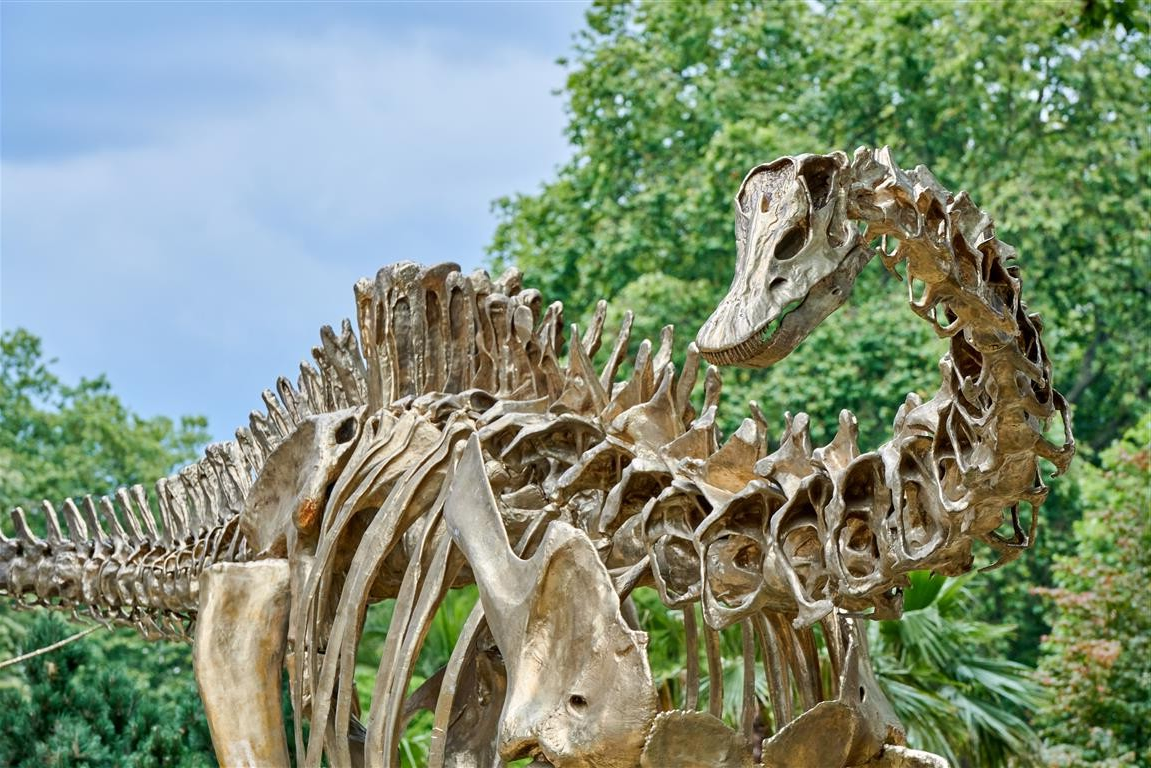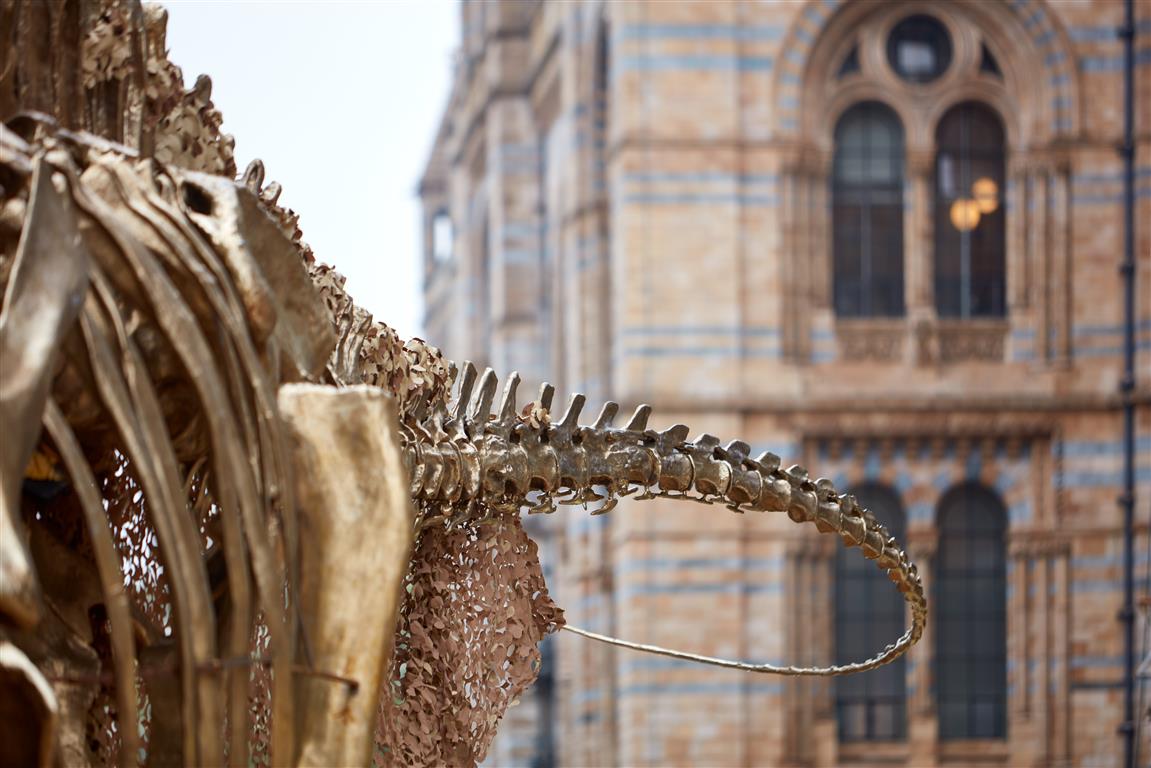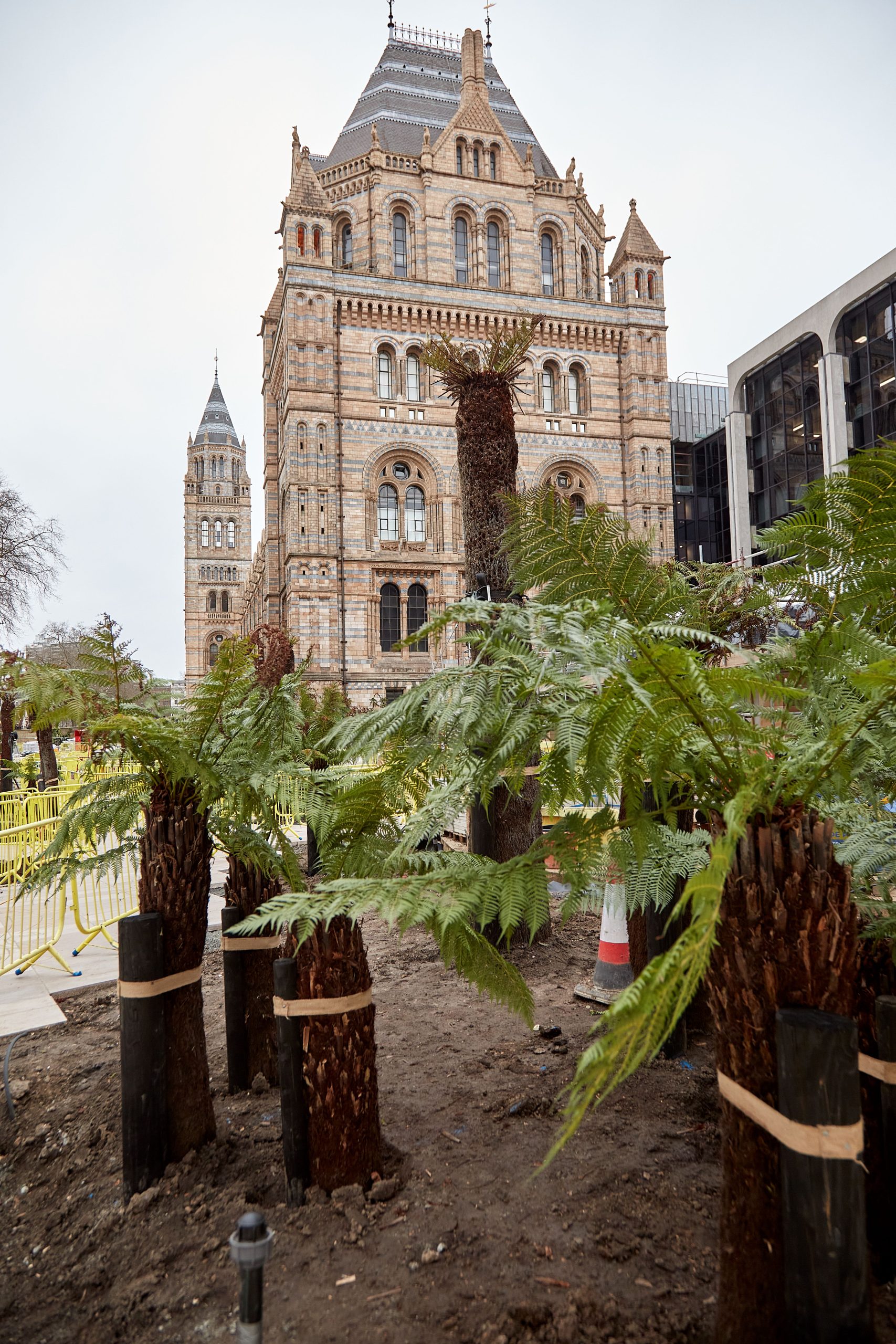By tapping into the thriving “beeconomy”, property managers can elevate biodiversity across assets.
As Spring officially begins in the UK, new life and growth is all around. But in the average garden, park and meadow, there may now be less and less biodiversity each year. Recent Natural History Museum research revealed that with an average of only 53% of its biodiversity left, the UK is in the bottom 10% of the world’s nations. One vital element is bees, which not only give us honey, but are also crucial to the economy. Without them, it would cost UK farmers £1.8bn per year to pollinate crops, says Friends of the Earth.
Why does this matter to Workman?
At Workman we are proud partners of the Natural History Museum’s Urban Nature Project, which is not only creating an unparalleled green space at the Museum’s five-acre London site, but also a national movement, which aims to address the disconnect between UK people and nature.
With growing awareness of the connections between climate and biodiversity, increasing biodiversity within urban environments is a huge challenge. But it’s one that Workman has embraced, installing wildflower meadows, bat and bug boxes, occupier allotments – and beehives – across its managed portfolio.
What is Workman doing about it?
Workman’s commitment to #BuildingBiodiversity across its managed portfolio of offices, business parks, retail parks and shopping centres, is driven through our Biodiversity Toolkit.
One sign of our efforts is the prevalence of bees: often used as a symbol of biodiversity, bees are key to pollination and thriving natural environments.
Fourteen of Workman’s managed sites play host to bees, with an average of six hives each. These 84 hives produce an average of 150 jars of honey per site, per year. That’s a total of around 2,100 jars of Workman honey each year, which is usually harvested between May and October.
How can property managers get involved?
As part of our #BuildingBiodiversity campaign, Workman is running a Building Biodiversity competition for its Property Managers, Building Managers and onsite teams to increase biodiversity at the properties they manage. The first stage, completed in November 2021, was won by the Workman team at Maybird Shopping Park in Stratford upon Avon. The Workman team at the Hermes-owned site has installed beehives and prepared 210 sq. metres of landscaping for perennial wildflowers, with the help of Nurture Landscapes.
The second stage of the competition: Spring Colour, is all about creating an environment that is not only beautiful to look at, but that also contains plant species such as native wildflowers, like primrose, and marigolds, which are real bee-pleasers.
What are the benefits of beehives at commercial properties?
The benefits of beekeeping do not stop at building biodiversity; beehives also boost occupier wellbeing. In conjunction with specialist beekeepers, Workman Property Managers, often run “Meet the Bee” events for occupiers and local schoolchildren. At Maybird Shopping Park in Stratford upon Avon, the Workman onsite team not only involves occupiers in beekeeping maintenance, it also initiates community involvement. This has included a visit from children at Wilmcote Primary School, which toured the site’s biodiversity project and learnt about its beehives.
Once set up, beehives create strong community engagement opportunities with charities, local schools, and youth groups. What’s more, the honey produced by the hives is often sold for the benefit of local charities, with some sites harvesting as many as 400 jars in a bumper year.
What are the risks of keeping bees near buildings?
There are often questions from occupiers surrounding the safety of keeping beehives in close proximity to large groups of people. However, Nurture Landscapes, which operates a specialist beekeeping team, is reassuring on this point. It not only runs safety talks for occupiers before installing beehives, Nurture has also accrued ten years’ experience in maintaining beehives at commercial properties. In all that time it has seen only one reported incident of a bee sting.
Is it cruel to take honey from bees?
This is a question often posed by occupiers who are worried about the animal rights of the bees kept in hives. However, according to the British Beekeepers Association, a strong colony can produce two or three times more honey than it needs.
Honeybees are special in that they overwinter as a colony, unlike wasps and bumblebees. The colony does not hibernate but stays active and clusters together to stay warm. This requires a lot of food, which is stored during the summer. Although a hive only needs 12kg of honey to survive an average winter, the bees can collect much more, if given storage space, which is what the beekeeper wants them to do.
Bees have been producing honey in this way for more than one hundred and fifty million years.
What’s the process of installing beehives at commercial properties?
The first step is to carry out an assessment of the spaces suitable for beehives, which would be carried out in collaboration with beekeeping specialists, for example Nurture Landscapes.
Roofs are usually a viable option, but can sometimes be too exposed to the elements, or too tricky to access for regular care and maintenance of the hives.
A further consideration is food sources for the bees – they travel within a three-mile radius of the hive, and usually even in the most concrete inner-city areas the surrounding flora, such as parks, gardens, even dandelions, buttercups and weeds, are enough to support the bees.
What if a commercial property can’t sustain bees, but still wants to get involved?
Where installation of beehives may not be appropriate, property managers can consider “adopting” or sponsoring a beehive scheme. Specialist consultants and beekeepers will either provide a fully managed service (they rent the space and produce honey to be sold for charity) or provide set-up and support with maintenance regimes.
Get the buzz with these top 10 bee facts:
-
According to the Natural History Museum, 275 bee species live in Britain, including just one honeybee and 27 bumblebee species. The vast majority are solitary bees, which seek out their own individual How to make a bee hotel | Natural History Museum (nhm.ac.uk)
-
Bees are crucial to our economy – without them it would cost UK farmers £1.8 billion a year to pollinate our crops. In a world without bees, our food would cost a lot more to produce and our economy would suffer, says Friends of the Earth.
-
A recent study suggests that as many as 40% of the world’s insect species are in decline.
-
The number of beehives in London has more than doubled over the past decade to an estimated 7,400, while membership of the British Beekeepers Association has reached 25,000.
-
There are more than 800 wild bee species within Europe, seven of which are classified by the International Union for Conservation of Nature (IUCN) as critically endangered. A further 46 are endangered, 24 are vulnerable and 101 are near threatened.
-
The average hive produces about 12kg of honey during a season. That’s the equivalent of about 24 jars. Bees must fly about 55,000 miles just to make less than half a kilo of honey, says the British Beekeepers Association.
-
Exposure to herbicides and pesticides is a main cause of pollinator decline, and the chemicals used by city authorities and civilian gardeners are also harming bees and other insects. So, for the bees’ sake, it’s best to avoid using them where possible.
-
Insect pollination is worth £690 million to UK crops each year. Globally, 75% of commercial crops depend on insect pollination, which equates to one out of every three mouthfuls of food, according to The Soil Association.
-
It’s possible to encourage bees by planting a range of flowers so bees have access to nectar from March to October. Traditional cottage garden flowers and native wildflowers, like primrose, and marigolds are real bee-pleasers.
-
Show Me the Honey, a recent BBC TV show based around an amateur beekeepers’ competition, says only two contributors and a dog were stung during its four months of filming.
Image: © The Trustees of the Natural History Museum, London


